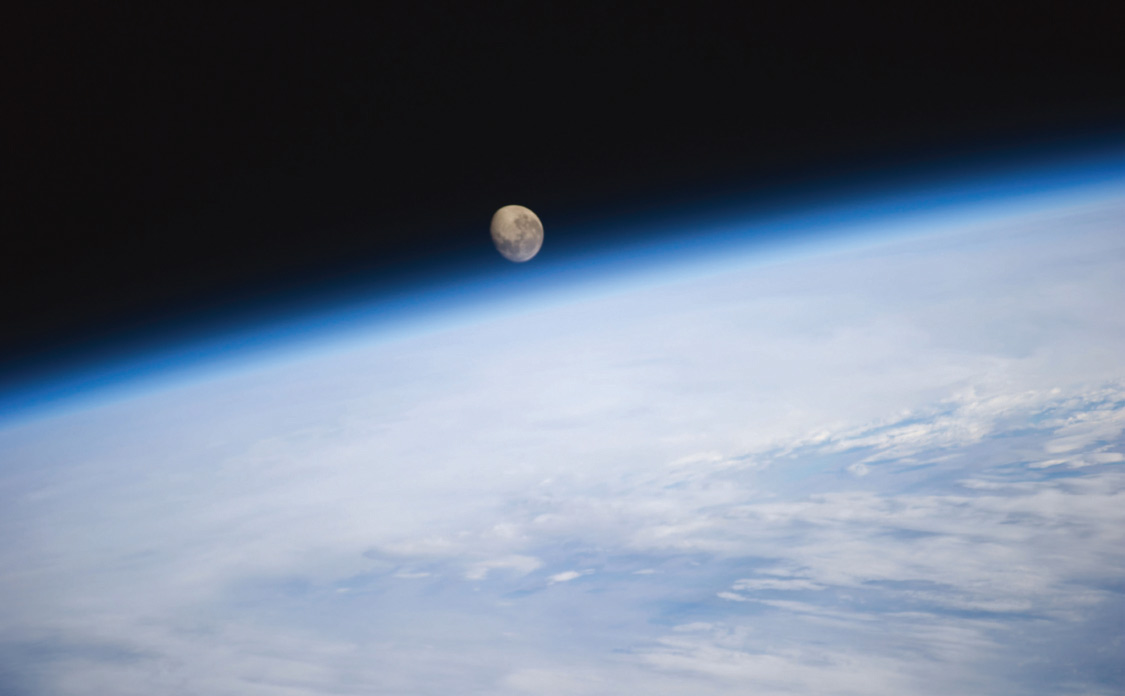
Price Faculty of Engineering joining humanity’s return to the Moon
After more than 50 years since the Moon landing, there is now renewed interest in returning to the Moon – this time to stay. The NASA-led Artemis program intends to send the first woman and the next man to the south pole of the Moon by 2024. The main goals of the 2024 lunar landing are to achieve sustainable exploration by 2028 via collaboration with commercial and international partners and construct a sustainable, long-term human base camp on the Moon to lay the foundation for eventual crewed trips to the ultimate human-spaceflight destination, Mars, sometime in the 2030s.
Canada has joined humanity’s return to the Moon by creating the Lunar Exploration Accelerator Program (LEAP). LEAP aims to prepare Canada’s space sector for potential roles in the sustainable exploration of the Moon and beyond.
Professors Philip Ferguson and Pooneh Maghoul from the Price Faculty of Engineering have received funding from the LEAP Planetary Science Investigation Grants (2021-2026) as part of a cross-disciplinary project between the Simon Fraser University, The University of Manitoba, and McGill University. Together, they will advance fundamental scientific knowledge of the Moon through high-resolution geophysical characterization of the lunar subsurface. The project will also strengthen Canada’s talent pool in space by training eight postgraduate researchers.
Some of the most valuable geophysical data regarding the subsurface structure of a planetary body are obtained from seismic and gravity measurements. However, the data collected 50 years ago during the Apollo 17 mission remain the only direct geophysical site investigation on the Moon. As a team of Canadian researchers with complementary expertise, the group aims to answer fundamental scientific questions on the Moon’s internal structure, the presence of water ice, geophysics, and shallow subsurface conditions.
This project aims to address fundamental unanswered questions about the subsurface properties of the Moon and other planetary bodies by developing advanced 3D models and new sensor systems to meet space mission requirements. Through these new tools, Maghoul and Ferguson hope to play a role in finding answers to the many questions we still have about the moon to properly understand the environment and enable human settlement on the Moon.






